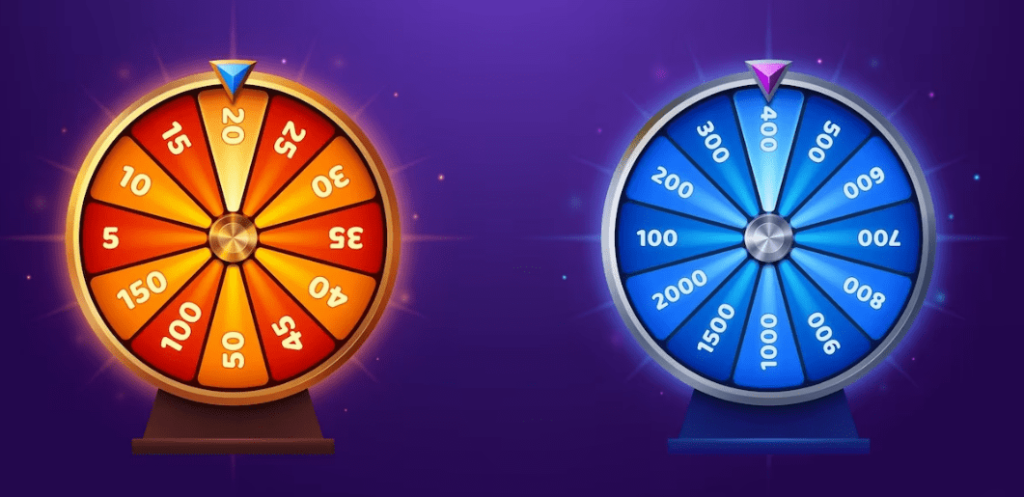How Bookies Rig the Odds in Their Favor with Overround

Betting on sports and other events is a popular pastime for many people. However, most casual bettors don’t realize that the odds offered by bookmakers and betting sites are not entirely neutral. Through a mechanism called the overround, bookmakers build in a margin that guarantees them a profit regardless of the outcome. In this article, we will decode the math behind the overround to shed light on this hidden advantage. Understanding how it works can help bettors make smarter wagers and level the playing field against the bookmakers.
What is the Overround?
The overround refers to the inflated odds bookmakers offer to ensure they collect more money than they pay out. To calculate it, we tally all the implied probabilities for each potential outcome implied by the odds using this formula:
Overround % = 1 / (sum of the implied probabilities) x 100
For example, if the implied probabilities for outcomes A, B and C are 0.3, 0.5 and 0.2 respectively, the calculation would be:
Overround % = 1 / (0.3 + 0.5 + 0.2) x 100 = 1 / 1.0 x 100 = 100%
Since the probabilities sum to 100%, there is no overround in this example. However, the overround invariably exceeds 100% in real betting odds, representing the bookmaker’s built-in margin. This extra percentage guarantees profit for the bookmaker regardless of the result. Generally, the overround ranges from 5% to 15% but can sometimes exceed 20%.
How Bookmakers Manipulate the Odds
Bookmakers carefully engineer the odds to integrate the desired overround. To do this, they shade the “true odds” of each outcome downward. True odds refer to probabilities that perfectly reflect the chance of an outcome occurring. However, bookmakers tweak the true odds using the following techniques:
- Lowering the odds: They directly reduce the payout for probable outcomes. For example, true 2/1 odds might be lowered to 6/4.
- Raising the odds: They inflate the odds for unlikely outcomes above the true probabilities. For example, true 1000/1 odds might be bumped to 1500/1.
- Using break points: Odds are often set at break points like 4/6 rather than 2/3, benefiting the bookmaker.
The combined effect of these tactics introduces the overround that guarantees the bookmaker’s profit margin.
Overround in Action
Consider a tennis match between Djokovic and Nadal. The true odds might be:
| Player | True Odds | Implied Probability |
|---|---|---|
| Djokovic | 2/1 | 50% |
| Nadal | 11/10 | 45% |
| Total | 95% |
But the bookmaker could set the odds as:
| Player | Bookmaker’s Odds | Implied Probability |
|---|---|---|
| Djokovic | 4/5 | 44.4% |
| Nadal | 4/6 | 40% |
| Total | 104.4% |
By lowering Djokovic’s odds and raising Nadal’s, a 9.4% overround is introduced. No matter who wins, the bookmaker profits by 4.4%.
Strategies to Overcome the Overround
While the overround is ingrained in the odds, smart bettors have strategies to counteract it:
- Compare odds across bookmakers to find variance in the overround. Placing bets when it’s lower reduces its impact.
- Back odds-against rather than favorites. The overround is lower for underdogs.
- Avoid novelty and niche bets that have a higher overround. Stick to major markets like match winners.
- Use betting exchanges where you can lay bets and remove the bookmaker’s margin.
While the overround tilts the scale in favor of bookmakers, understanding its mechanisms can help savvy bettors make informed wagers and potentially overcome this mathematical disadvantage.
Thus, the overround is the hidden margin that bookmakers ingeniously integrate into the odds they offer in order to guarantee themselves a profit. While most casual bettors are unaware of its existence, decoding the underlying mechanics behind the overround enables informed bettors to make better wagering decisions. By comparing odds across multiple bookmakers, backing underdogs where the overround is lower, avoiding betting on niche markets where it is higher, and utilizing betting exchanges to remove the bookmaker margin, savvy bettors can attempt to counteract the overround. Though the mathematical and structural advantages remain firmly on the side of the bookmakers, bettors who understand the concept of the overround are empowered with knowledge that can allow them to narrow the margins and ultimately bet smarter. While the overround presents challenges, an astute bettor has the power to overcome this obstacle through information and adapt their strategy accordingly.